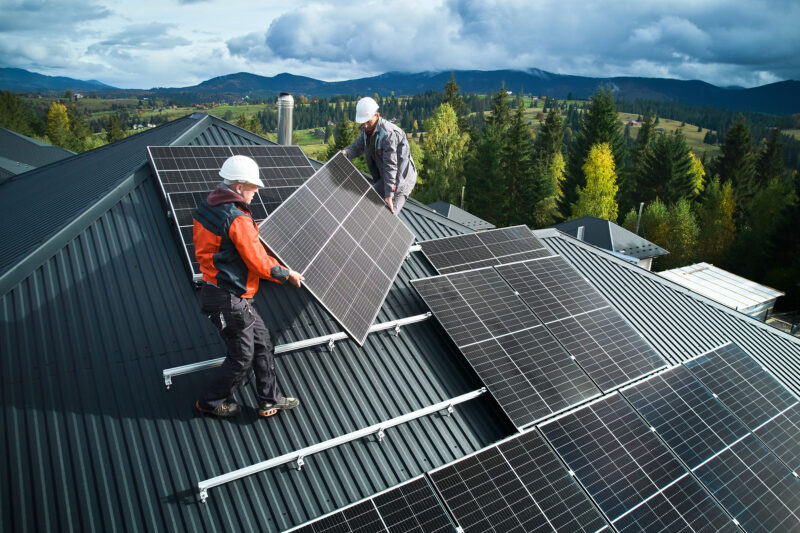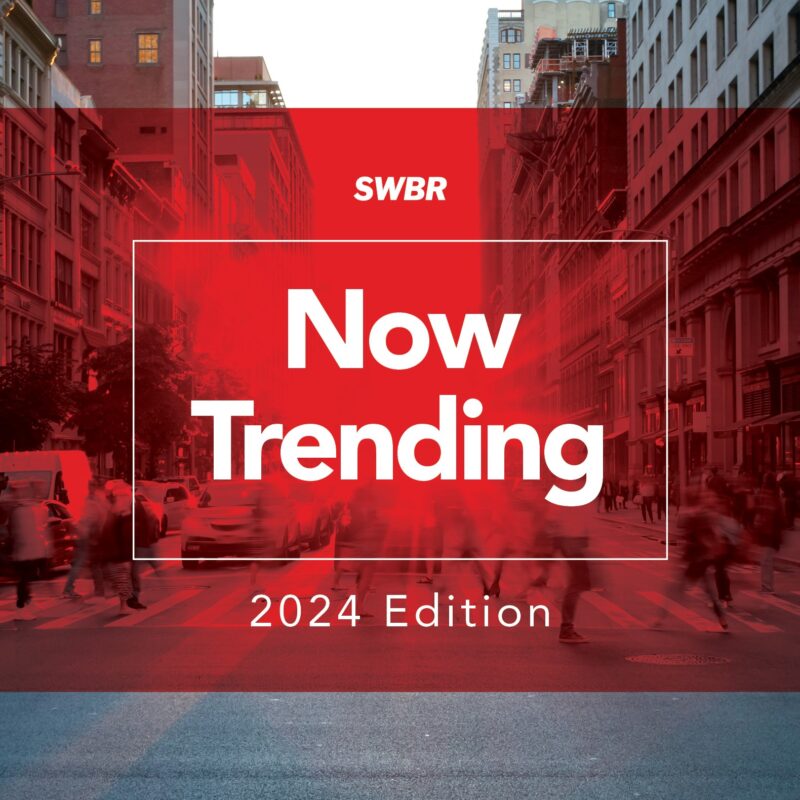As designers, we see 2024 as an opportunity for awareness, innovation, and change in our world of endless evolution. Here are some of the trends we see as worth watching in the year to come.

Wellness
The pandemic marked a pivotal moment, granting us a four-year window to heighten awareness regarding the impact of architectural design on our well-being. Across education and workplaces, there’s a shift from occupancy metrics to prioritizing individual needs. In 2024, organizations will concentrate on crafting environments that enhance air quality, integrate health-conscious building materials, and foster overall well-being.
 Upcycling
Upcycling
In an era shaped by environmental consciousness, upcycling shines as a symbol of sustainability and innovation. As repurposed products remain favored by savvy consumers, the housing sector mirrors this trend. With over 20 percent of office spaces unoccupied nationwide, according to global real estate service company Jone Lang LaSalle (JLL), these spaces present a viable solution to address the chronic housing shortage in the United States.
 Carbon Neutrality
Carbon Neutrality
As the world grapples with the urgency of addressing climate change, the architectural industry continues to explore in the interconnected quest for carbon neutrality, illustrating a collective commitment to a more sustainable and energy-efficient future. The convergence of the AIA 2030 Commitment to carbon neutrality, electric vehicles (EVs), and the Passive House Institute US (PHIUS) embracing an all-electric approach signals a transformative shift in sustainable practices.
 Age-Inclusive Communities
Age-Inclusive Communities
In the tapestry of urban living, the emergence of age-inclusive communities, characterized by mixed-use developments and vibrant lifestyle districts, holds the promise of revitalizing cities and fostering a sense of belonging for residents of all generations. As the urban landscape continues to evolve, these innovative communities are redefining traditional city structures, integrating living, working, and recreational spaces. The architectural industry continues to delve into the transformative potential of how cities can create engaging, interconnected environments that cater to the diverse needs of residents.
 Immersive Technology
Immersive Technology
According to Goldman Sachs, artificial intelligence investments are forecasted to approach $200 billion globally by 2025. A study conducted by Grammarly and Forrester finds most companies don’t have a clear strategy to deploy generative AI within their organization. The same study found that generative AI is an important priority for 89% of respondents’ companies, and by 2025, nearly all (97%) will be using the technology to support communications. As a result, forward-thinking companies are discovering the best way to combine human-power with digital augmentation to better serve their clients.
